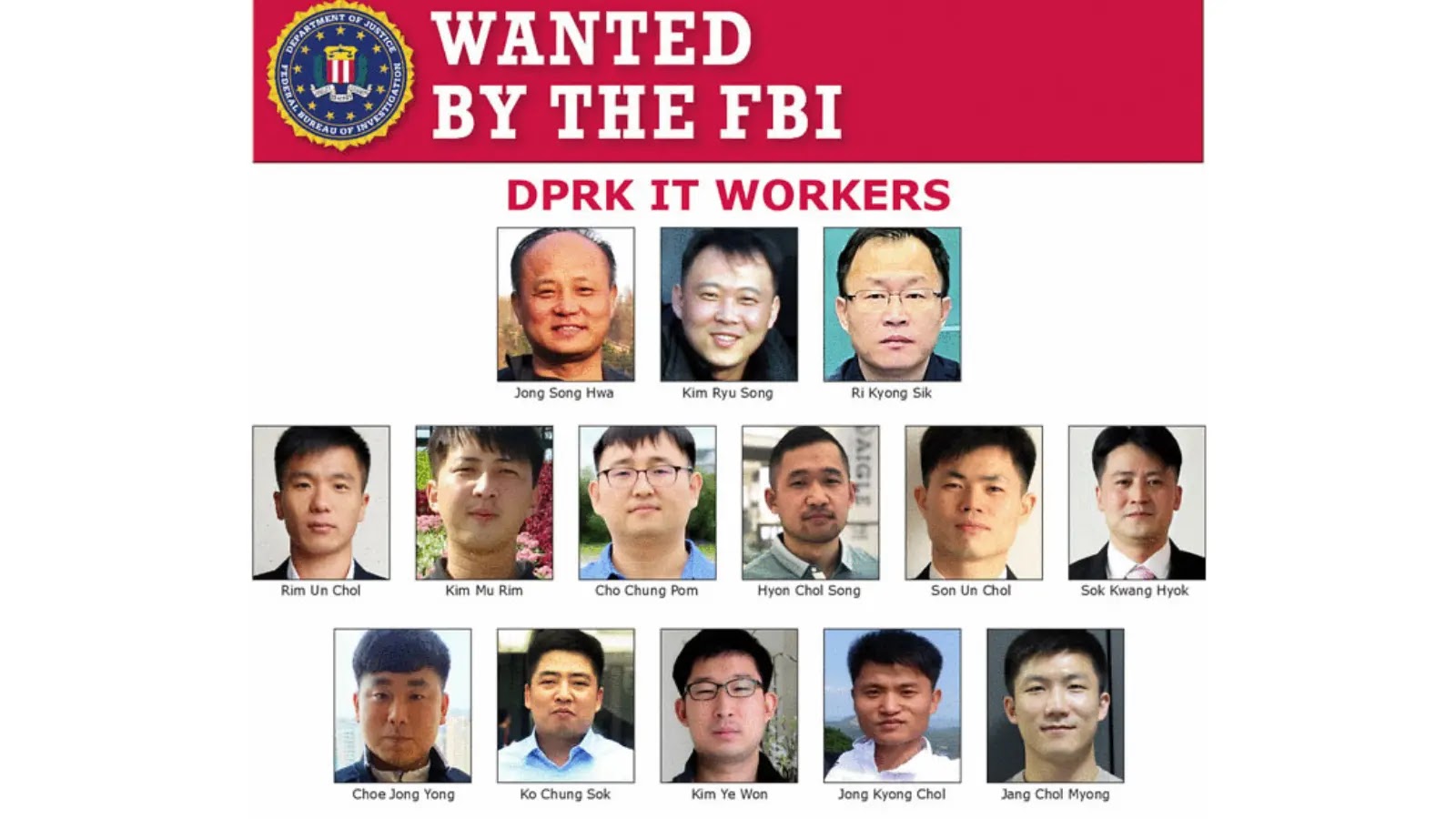North Korean IT Worker Gains Access to Organization’s Network Through Innocent Job Application
In today’s complex threat landscape, adversaries increasingly favor “malware-less” intrusion methods that slip past traditional defenses.
One particularly insidious scheme involves North Korean operatives posing as legitimate remote IT professionals to infiltrate corporate networks.
Trellix researchers recently uncovered a campaign in which a fake applicant seamlessly advanced through hiring stages at a major U.S. healthcare provider, only to be exposed by proactive threat hunting and open-source intelligence correlation.
By publishing this list of indicators, researchers worldwide gained a valuable feed for threat-hunting tools.
Leveraging telemetry and Trellix’s SecondSight threat-hunting service, security teams began matching these addresses against incoming communications—an effort that soon paid dividends.
Throughout mid-2025, independent OSINT work by analyst @SttyK revealed roughly 1,400 email addresses tied to North Korean IT operatives seeking employment at Western organizations.
The healthcare provider’s Talent Acquisition team, unaware of the risk, invited the applicant “Kyle Lankford” to complete a coding assessment for a Principal Software Engineer role.
The application workflow followed expected steps: the recruiter emailed instructions from a corporate address on July 10, the candidate completed the assessment on July 16, and followed up politely on August 4.
Each interaction seemed perfectly routine, with legitimate URLs, properly aligned DMARC headers, and no attachments containing malicious code.
Dissecting the Campaign Uncovered
A detailed timeline highlights how the scheme unfolded:
| Date | Event | Details |
|---|---|---|
| July 10, 2025 | Assessment Invitation | Recruiter sent CodeSignal test link via corporate email. |
| July 16, 2025 | Assessment Completed | Candidate finished coding test on CodeSignal. |
| August 4, 2025 | Follow-Up Email | Candidate inquired about application status in a benign message. |
| August 2025 | Threat Hunt Triggered | SecondSight matched the Gmail addresses to DPRK indicators. |
| August 2025 | Investigation & Exposure | Background checks confirmed likely North Korean operative; customer alerted to block hire. |
Further analysis of the follow-up email revealed perfectly aligned metadata: a Gmail-hosted IP address (209.85.128.196), legitimate links to CodeSignal help articles wrapped by the company’s secure URL defense, and a harmless signature logo file.
No malicious payload or phishing URL was present, underscoring why this technique is so difficult to detect without proactive intelligence.
Mitigations
Organizations cannot afford to rely solely on reactive controls when adversaries blend seamlessly into everyday workflows.
The DPRK IT-worker scheme poses multiple critical risks: inadvertent sanction violations that funnel millions to Pyongyang, intellectual property theft, illicit funding for weapons and cyber programs, and potential supply chain sabotage through malicious code contributions.
Recent U.S. Department of Justice actions in June 2025 disrupted over 100 fraudulent networks, demonstrating the vast scale of these employment-based fraud campaigns.

Effective defense requires blending high-fidelity threat intelligence with active hunting capabilities. Security teams should integrate OSINT feeds—such as the list of DPRK-linked email addresses—directly into email security and SIEM platforms.
Automated correlation rules can flag even benign-looking application emails when indicators align. Regular background validation of remote hires, combined with telemetry monitoring of new employee accounts, can detect anomalies before they evolve into full-blown insider threats.
As this case illustrates, the most dangerous threats may arrive dressed as legitimate collaborators. A proactive, intelligence-driven approach is essential to unmask hidden adversaries before they gain a foothold.
Trellix’s investment in custom threat hunting and robust intelligence pipelines exemplifies the necessary shift from passive detection to anticipatory defense.
In an era where the absence of malware no longer guarantees safety, organizations must remain vigilant, continuously evolve their detection strategies, and hunt threats that seek to exploit trust itself.
Follow us on Google News, LinkedIn, and X to Get Instant Updates and Set GBH as a Preferred Source in Google.














Post Comment